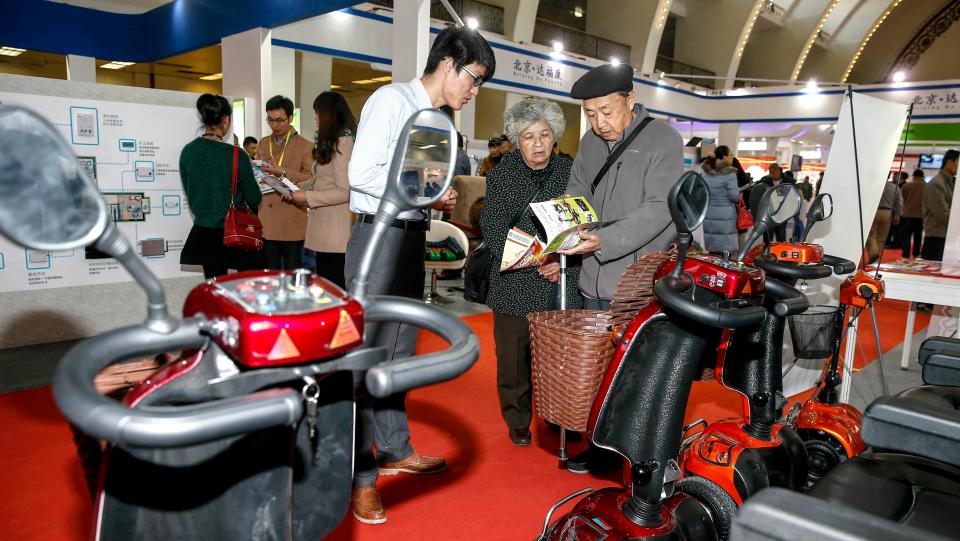Despite a dwindling working age population, China continues to have surplus labor with "a lot of potential to power economic growth," says Fan Yi, vice director of the policy research institute of the China Center for Urban Development at the National Development and Reform Commission.
China’s National Bureau of Statistics reported that the country’s working age population (citizens aged 16-59) was down to 66.3 percent of the total population in 2015, compared to 69.2 percent in 2012.
In his May 17 column for the Caixin website, Fan argues that the situation might not be so bad, based on what he calls empirical studies on the effects of aging on economic booms in France, Britain, Germany, Japan and South Korea.
In all cases, the key to avoiding major problems, he concluded, was improving labor productivity and shifting the workforce into the manufacturing and service sectors, away from agriculture. In addition, greater automation enabled fewer workers were to operate more efficient production lines.
Fan estimates that about 140 million rural Chinese residents can transition into the secondary and tertiary urban industrial workforce by 2030. He also points out that senior care and services is a major growth market.
Most migrant workers in China return to their hometowns at about 45 years old, too early according to the so-called "prime working years" of 25-54 as set by the International Labor Organization. Fan adds that China’s labor quality is better than in Southeastern and South Asian countries, though these markets have a cost advantage.
To tap this potential, Fan suggests that migrant workers be offered the same job opportunities and social security provision as urban residents. Jobs near their hometowns are popular with such workers, and situating opportunities closer to rural communities has advantages for employers. In once case, 97 percent of the employees of one micro-electronics park in southwestern Chongqing municipality returned to their factories after Chinese New Year 2015, and chronic labor shortages are now a fact of life in coastal manufacturing areas.

 Old Version
Old Version